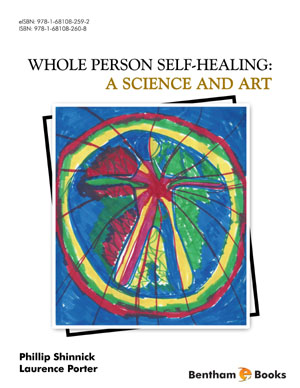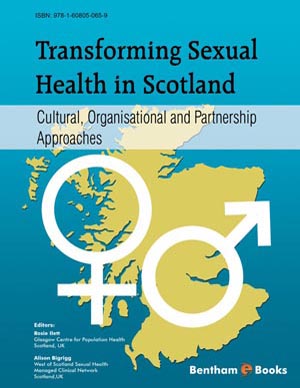Abstract
If a disease demonstrates frequency in a group of people of a particular occupation more than the one that takes place in general public and has a demonstrable record between a particular illness and specific work/work-related environment, it is classified as an occupational disease. The development of a new class of occupational disorders is by-product of the recent uncontrolled man-man, man-machine and managents’ interaction. A small percentage of workers amongst the total working population of the world have access to occupational health related services, the access gets diminished if the worker is a child labour from a developing country. Moreover, the constant evolution of newer work areas and substances has led to continuous revision of list of causative agents and occupational health hazards by various agencies. “Diving medicine” is one such emerging branch of medicine dealing with specific health aspects of deep sea divers. The study of cause-effect relationship of occupational diseases will contribute towards reducing cases of work related disorders. Biological agents become causative agents through generation of bio aerosols or as routine infectious agents affecting biomedical scientists, laboratory technicians, medical and paramedical staff. The duration of exposure and varying doses (low-high) of hazardous chemical complexes are a source of a range of disorders from long term effects like neuro- behavioural dysfunction to immediate effects like burns. Some substances sensitise both airways and skin leading to respiratory and skin disorders. Similarly, the intensity and duration of exposure to the physical agents lead to an array of disorders ranging from white finger vibration, trench foot, barotrauma upto cancer. Besides exposure to biological, chemical, physical, ergonomic disease causing agents a worker is also prone to altered psychosocial agents at workplace. Violence and accidents occur at workplace. Discrimination (gender/ethnic/ migrant status), disturbed circadian rhythm, work pressure, lack of job satisfaction and social life leading to depression and anxiety have become a new normal in working class.
Keywords: Bacteria, Bradford Hill’s Criteria, Compressed or decompressed air, Universal diagnostic criteria, Ergonomic agent, Extremes of temperature, Fungi, International Labour Organization, Needle-stick injury, Noise, Occupational diseases, Organic Dust, Parasites, Protein, Psychosocial agent, Radiation, Respiratory disorders, Skin disorders, Sa substances (Substances causing, airway sensitisation), Vibration, Viruses, WHO, work-related Musculoskeletal Disorders (WRMSDs).












